Rising Demand for Fertilizers
The ammonia market in APAC experiences a notable surge in demand for fertilizers, driven by the region's agricultural sector. As the population continues to grow, the need for food production intensifies, leading to an increased application of nitrogen-based fertilizers. In 2025, the fertilizer segment accounts for approximately 80% of the total ammonia consumption in APAC. This trend indicates a robust growth trajectory for the ammonia market, as farmers seek to enhance crop yields and ensure food security. Furthermore, the adoption of advanced agricultural practices, such as precision farming, further propels the demand for high-quality ammonia fertilizers. Consequently, the ammonia market in APAC is poised for expansion, as stakeholders adapt to the evolving agricultural landscape and invest in innovative solutions to meet the rising demand.
Growing Industrial Applications
The ammonia market in APAC is witnessing a diversification of applications beyond traditional uses in fertilizers. Industries such as pharmaceuticals, textiles, and refrigeration are increasingly utilizing ammonia for various processes. In 2025, the industrial segment is expected to account for approximately 15% of the total ammonia consumption in the region. This shift indicates a growing recognition of ammonia's versatility as a chemical feedstock and its role in enhancing production efficiency across multiple sectors. As industries seek to optimize their operations and reduce costs, the ammonia market is likely to benefit from this trend, fostering innovation and expanding its reach into new applications.
Increased Investment in Infrastructure
Investment in infrastructure development is a key driver for the ammonia market in APAC. As countries in the region focus on enhancing their industrial capabilities, the establishment of new production facilities and distribution networks is becoming increasingly vital. In 2025, the total investment in ammonia-related infrastructure is projected to exceed $3 billion, reflecting the commitment of both public and private sectors to support the growth of the industry. This influx of capital not only facilitates the expansion of production capacity but also improves supply chain efficiency, ensuring that ammonia products reach end-users in a timely manner. Consequently, the ammonia market in APAC is likely to experience robust growth, driven by the strategic investments in infrastructure that bolster the overall industry framework.
Government Initiatives for Clean Energy
In APAC, government initiatives aimed at promoting clean energy solutions significantly influence the ammonia market. Various countries are implementing policies to reduce carbon emissions and transition towards sustainable energy sources. For instance, ammonia is increasingly recognized as a potential hydrogen carrier, facilitating the shift towards hydrogen-based energy systems. In 2025, investments in ammonia production technologies are projected to reach $5 billion, reflecting the commitment of governments to support the development of low-carbon ammonia solutions. This shift not only enhances energy security but also aligns with international climate agreements. As a result, the ammonia market in APAC is likely to witness a transformation, with a growing emphasis on environmentally friendly production methods and applications in the energy sector.
Technological Advancements in Production
Technological advancements play a crucial role in shaping the ammonia market in APAC. Innovations in production processes, such as the development of more efficient Haber-Bosch methods and alternative synthesis routes, are enhancing the overall efficiency of ammonia production. In 2025, the introduction of new catalysts and process optimizations could potentially reduce energy consumption by up to 30%, thereby lowering production costs. This technological evolution not only improves profitability for manufacturers but also aligns with the increasing demand for sustainable practices. As companies in the ammonia market adopt these advancements, they are likely to gain a competitive edge, positioning themselves favorably in the rapidly evolving landscape of the APAC region.


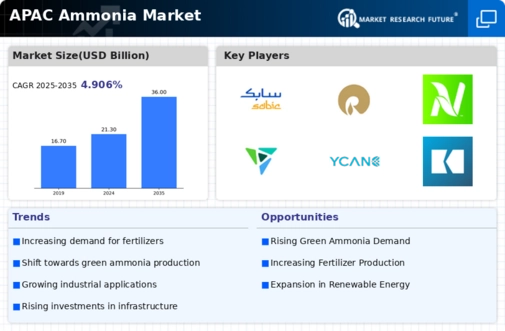
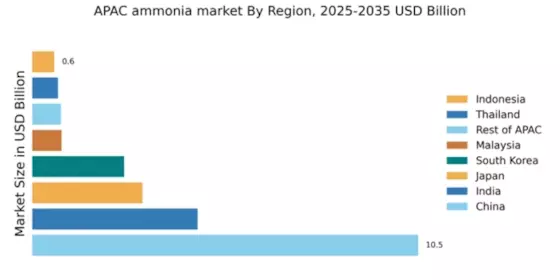

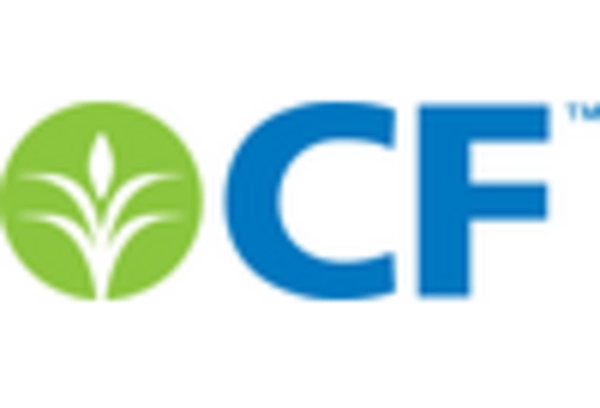

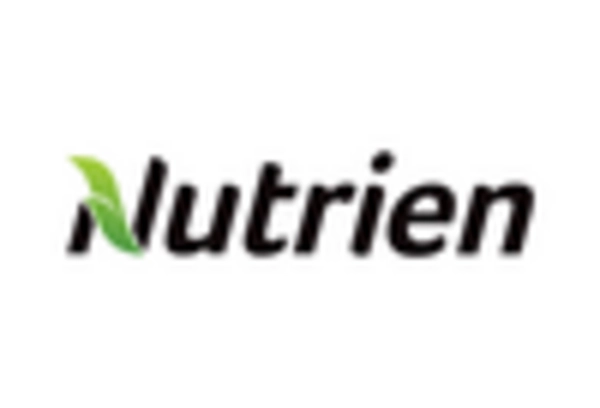
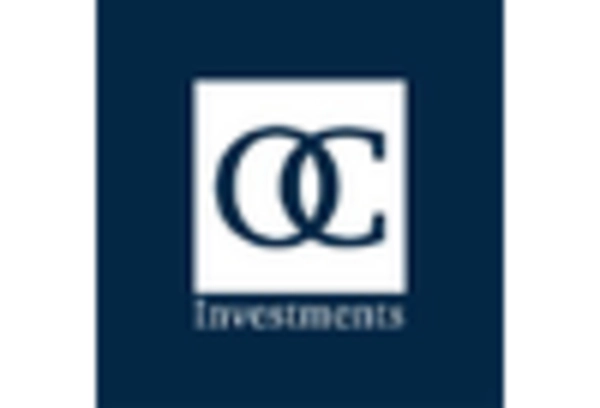









Leave a Comment